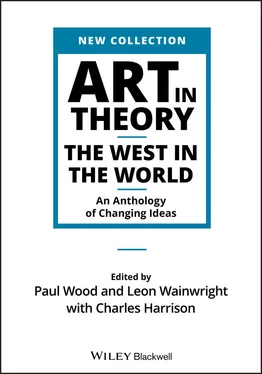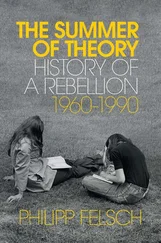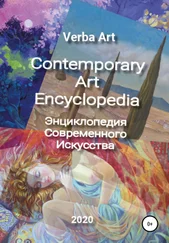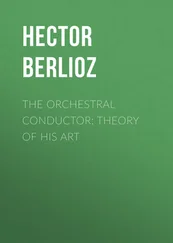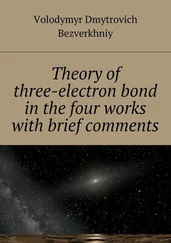Art in Theory: The West in the World has a particular shape. The epigraph to the book says ‘the past is never dead’; nonetheless, the form the book takes respects the widespread contemporary preoccupation with the present. Half of the book is devoted to the twentieth and twenty‐first centuries. Thus the shape of the book involves a deliberate strategy: to insist on connections with the past, even the distant past, over the entire long period with which we are concerned, but also to emphasize the influence of the recent past on artistic and intellectual activity in the present.
When a published document, such as an essay, was originally given a title, this has generally been used for the present publication, in single quotation marks. Titles of books and exhibitions are given in italics. The term ‘from’ preceding a title – usually a book – signifies that we have taken a specific extract or extracts from a longer text without seeking to represent the argument as a whole. As a rule, shorter texts are either reproduced in their entirety or edited to indicate the argument of the whole. Where no suitable original title was available, we have given descriptive headings without quotation marks. The title of the whole work, its date of either composition or, if different, its publication, as well as its previously published source, are given in the introduction to each text. All published sources of anthologized texts are also given in alphabetical order in the bibliography.
It is the aim of this anthology that it be as wide‐ranging as possible. We have therefore preferred the course of including a greater number of texts of which several must appear in abbreviated form, to the course of presenting a small number in their entirety. Texts have been variously edited to shorten them, to eliminate references which cannot be explained in the space available and, where necessary, to preserve the flow of argument.
Anthologies can be dangerous. We are opposed to the practice of making historical authors into the puppets of those who come after them. We are aware of several examples of anthologies where elisions made by modern editors are either very lightly flagged, or even on occasion not acknowledged at all. We feel this damages the credibility of the edited text. While no editing process can ever be wholly disinterested, we have always tried, as far as possible, to let the original author speak in his or her own voice. It has been our practice throughout the Art in Theory series to indicate clearly where, and to what extent, texts have been edited. For this purpose we have used three conventions, consistent with the preceding volumes of Art in Theory . Suspended points ‘…’ are used for short omissions, a few words or a phrase within a sentence, or at most a few sentences. Suspended points within square brackets ‘[…]’ are used to denote longer omissions of several sentences or paragraphs. Asterisks ‘* * *’ denote more substantial omissions extending to several pages or a complete subdivision – such as a chapter or several chapters – of the original text. The only exceptions to this rule have been made for the sake of legibility. Thus, if there is a sequence of cuts and we have felt that a succession of ‘[…]’ would damage the readability of the extract, we have used ‘…’. But these occasions have been kept to a minimum ‘…’.
Authors’ notes have only been included where we judged them necessary to the text as printed. For the most part, they have been silently omitted. We have generally avoided the insertion of editorial notes but have supplied essential references in the introductions to individual texts. We have silently corrected obvious typographical errors and errors of transcription where we have discovered them. In the case of older texts, we have left idiosyncrasies of spelling and style unchanged at our discretion to retain a flavour of the original, but wherever we felt these became a distraction for the modern reader, we have modernized accordingly.
Finally, it should not need saying, but we wish to underline the point that the views expressed in the anthologized texts, present as well as past, should not be taken to represent the views of the editors or the publisher. We have endeavoured to let the authors speak for themselves, and only for themselves.
Art in Theory: The West in the World is an anthology of over 360 documents. Its aim is to represent changing ideas about the art of societies outside Europe (and latterly North America as well) held by Western artists and writers from the beginning of the modern period until the globalized situation of the early twenty‐first century. Many of the documents are anthologized here for the first time, and this is also the first time that some of them have been translated into English. Each text is accompanied by an introduction bringing out its main points and relating them to the overarching concerns of the anthology. We believe it is the first time that such a diverse collection of texts has been attempted. Accordingly, the book may be controversial; we certainly do not expect to please all of the people all of the time. But we believe it will above all be useful to the student and interested general reader trying to respond openly to the far‐reaching changes affecting both the practice and the study of art worldwide at this moment in time.
What the present book is not is a history of world art. Insofar as the anthologized texts do present a narrative, it is a narrative told from a European – and subsequently a ‘Western’ – point of view. It thus includes the ignorance as well as the admiration, the silences and blind spots as well as the praise and emulation, that such a point of view implies. What the book also sets out to demonstrate is that this perspective from the West is not monolithic. Most notably, ideas have changed significantly over time. To state the point again: Art in Theory: The West in the World is an anthology of changing ideas, both ideas about the art of other societies and ideas stimulated by those cultures more generally, ideas that have been influential on the practice of Western art from the Renaissance to the present day.
Art and the issue of ‘globalization’
The recent period has seen a burgeoning interest in the globalization of art. Indeed, it is something of a fashionable concern. But it is more than that. Fundamental change is afoot in the ways art is made and seen, in the ways the concept of art is understood, and the ways in which the history of art is taught. Art in Theory: The West in the World is intended as a contribution to this change in how the history of art is being taught and studied. Many books now exist with words such as ‘world’ and ‘global’ in their titles. But in a post‐colonial situation where there is an understandable desire to promote diverse traditions and to challenge canonical hierarchies of art, the lack of an adequate overall historical perspective can result in a stereotyping and homogenizing of European attitudes which at its worst perpetuates some of the very failings that the global perspective sets out to redress. This is one important reason for the present collection. However, it is not just about contemporary attitudes and debates; it is not simply an argument made by contemporary scholars about the past. We have tried to let people from the past – artists, writers, philosophers, travellers – speak in their own words about the objects and ideas they encountered; their words are their own, and frequently not those that would be chosen by or acceptable to a contemporary writer, but they are part of the historical record and we present it as it was written. It is a commonplace, of course, that no framing of the past can be wholly neutral and objective. We do have our own points of view; but as far as possible, in the process of constructing the anthology we have attempted to let our authors speak for themselves.
Читать дальше
